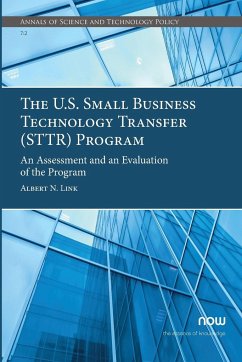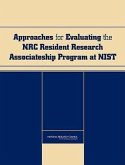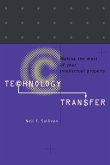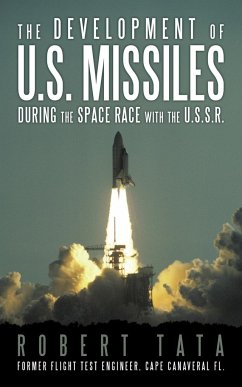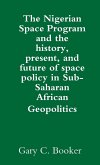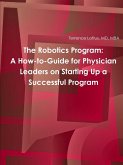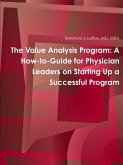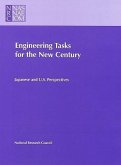The U.S. Small Business Technology Transfer (STTR) Program: An Assessment and an Evaluation of the Program is intended to expand the National Academies' report and set a stage for more in depth studies in the future of the STTR program by offering a systematic analytical overview of the STTR program and tying that overview to a qualitative/quantitative assessment and evaluation of the program given the limited data collected by and available from the NRC. In addition, this is an effort to orientate readers to a number of nuances of the STTR program that were beyond the scope of the National Academies' report. A secondary purpose is to highlight the economic importance of the STTR program itself. The remainder of this monograph is organized as follows. The legislative background for the STTR program is discussed in Section 2. Section 3 explains program assessments and program evaluations from a conceptual perspective. Section 4 describes the nature of the NRC's dataset used in this study, and based on that dataset a systematic analytical overview of the STTR program is presented. Section 5 presents a qualitative/quantitative assessment of the STTR program followed by a qualitative/quantitative evaluation of the STTR program in Section 6. Section 7 offers a summary of the paper and some concluding observations and additional suggestions for future NRC-led studies.

